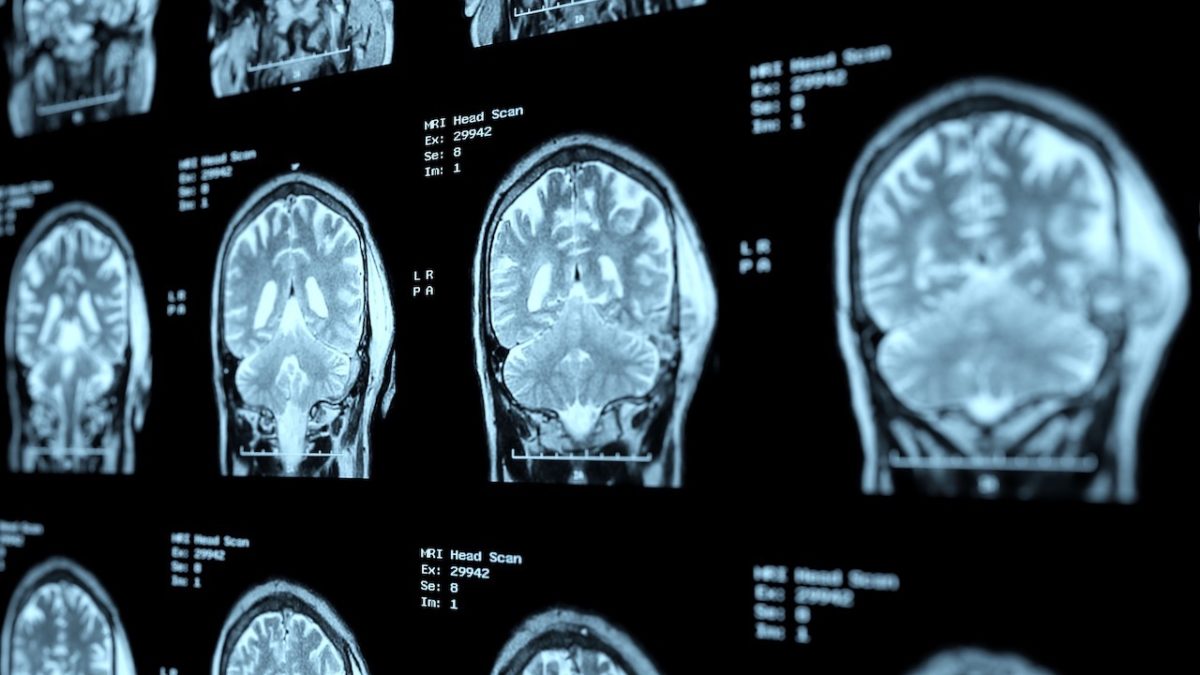Can Central Blood Pressure Predict Alzheimer’s and Dementia?

A recent study that reported on a comparison between central blood pressure (CBP) and brachial blood pressure (BBP) when it comes to determining cerebrovascular disease found that while both techniques were associated with silent brain infarcts, systolic CBP was significantly associated with white matter hyperintensity volume, while BBP was not. (1)
Until now, the association between CBP and subclinical cerebrovascular disease has not been definitively established. However, this new finding suggests CBP is superior to BBP in detecting this common type of cerebrovascular disease.
Let’s break down the components and significance of this information.
Subclinical cerebrovascular disease
To better understand why this finding is important, you need to know the players. Subclinical cerebrovascular disease is defined as the presence of silent brain infarcts and white matter hyperintensities. Research has shown that individuals with greater white matter hyperintensity volume and evidence of subclinical infarcts are at greater risk of experiencing an ischemic stroke (especially cryptogenic stroke) or dying. (2)
An ischemic stroke, also known as a cerebral infarction, is caused by a blockage in a blood vessel in the brain. Ischemic stroke is the most common type of stroke. Of the more than 795,000 people in the United States who have a stroke every year, about 87 percent of them are ischemic stroke.(3)
Silent brain infarcts are strokes that are void of clinically overt stroke-like symptoms. However, they are associated with subtle cognitive and physical deficits that often are not noticed.
According to a study reported in Stroke, about 20 percent of stroke-free older adults have evidence of a silent brain infarct. One of the most serious consequences of silent infarcts is that their presence more than doubles the risk of future strokes and the development of dementia.(4,5) Therefore, detection of the risk of silent infarcts is critical.
White matter hyperintensities, which are also referred to as leukoaraiosis, are lesions in the brain that appear as areas of higher brightness on magnetic resonance imaging (MRI). These lesions are often seen in MRIs and computed tomography scans of older individuals.
A number of studies have identified a relationship between the severity of leukoaraiosis and dementia, including the Cardiovascular Health Cognitive Study (significant risk for dementia and Alzheimer’s disease), the Rotterdam Scan Study (dementia), Osaki-Tajiri Project (vascular dementia), and the Framingham Offspring Study (dementia).(6-9) The association seems clear, although more research is warranted.
Central blood pressure and white matter hyperintensity are related
The relationship between CBP, BBP and cerebrovascular disease was explored by evaluating participants in the Cardiovascular Abnormalities and Brain Lesions study, which involved 993 men and women with a mean age of 71.9 years. All of the subjects underwent two-dimensional echocardiography, arterial pressure waveform analysis to determine central blood pressure, and brain magnetic resonance imaging (MRI). (1)
The investigators found that both brachial and central pulse pressure were associated with silent brain infarcts. None of the BBP values were associated with higher white matter hyperintensity volume. However, both central systolic and central pulse pressure were significantly associated with higher white matter hyperintensity volume, even after the authors adjusted for brachial blood pressure.
The researchers concluded that in a predominantly older population, both brachial and central pulse pressure were associated with silent brain infarcts. However, they also found that “higher central systolic BP and central pulse pressure, but not brachial BP, were significantly associated with white matter hyperintensity volume.”
Take-home message
As pointed out by King in his accompanying editorial, these study results suggest that having your CBP checked rather than just your traditional cuff BBP will provide a more accurate marker of risk for cerebral microvascular disease. (10) CBP is the pressure in the ascending aorta and is the pressure that the brain, heart, kidneys, and large central arteries are exposed to. Therefore, measuring CBP gives clinicians and patients better information about the possibility of experiencing end organ damage, cerebrovascular disease, and other complications associated with high blood pressure.
The gold standard of central pressure measurement is ATCOR’S SphygmoCor® XCEL. Clinicians now have this technology at their disposal to assist them in identifying a patient’s central blood pressure and thus have access to more accurate diagnostic information than the traditional brachial cuff method.
Sources
- Matsumoto K et al. Association between central blood pressure and subclinical cerebrovascular disease in older adults. Hypertension 2020 Feb; 75(2): 580-87
- Wright CB et al. Subclinical cerebrovascular disease increases the risk of incident stroke and mortality: the Northern Manhattan Study. Journal of the American Heart Association 2017 Aug 28; 6(9)
- Centers for Disease Control and Prevention. Stroke facts.
- Vermeer SE et al. Silent brain infarcts: a systematic review. Lancet Neurology 2007 Jul; 6(7): 611-19
- Gupta A et al. Silent brain infarction and risk of future stroke: a systematic review and meta-analysis. Stroke 2016 Mar; 47(3): 719-25
- Kuller LH et al. Risk factors for dementia in the cardiovascular health cognition study. Neuroepidemiology 2003; 22:13-22
- Prins ND et al. Cerebral white matter lesions and the risk of dementia. Archives of Neurology 2004; 61:1531-34
- Meguro K et al. Incidence of dementia and associated risk factors in Japan: The Osaki-Tajiri Project. Journal of Neurological Science 2007; 260:175-82
- Debette S et al. Association of MRI markers of vascular brain injury with incident stroke, mild cognitive impairment, dementia, and mortality: the Framingham Offspring Study. Stroke 2010; 41:600-6
- King K. Improved Assessment of Hypertensive Related Brain Insults in Late Life Using Central Pulse Pressure. Hypertension2020 Feb; 75(2): 295-96




